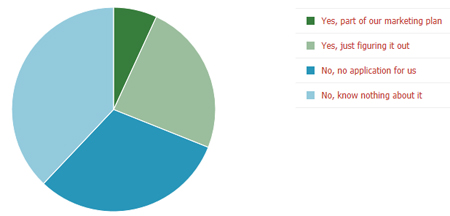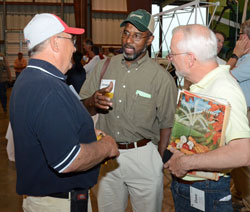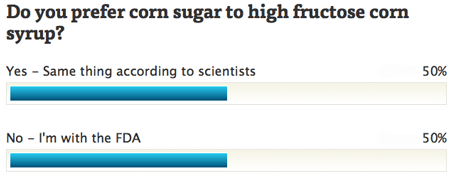
With the new Ag Leader Crop Sensor Rate Table available to OptRx™ users, more growers are utilizing this on-the-fly, variable rate tool to maximize yield potential. Many Ag Leader customers are using the OptRx crop sensing technology to apply an assortment of agrochemicals such as fertilizers, defoliants, pesticides, growth regulators, and more at a variable rate, according to real-time data collected while traveling across the field. With the help of an agronomist or crop consultant, growers are now able to essentially create a “prescription” in the monitor using a VI ( Vegetative Index) range and are then assigning these ranges a specific recommended rate.
For example:
This feature will allow OptRx crop sensing technology to more effectively apply the recommended rates according to the varying VI index’s throughout your field. To utilize this feature, growers need to checkmark “Use Application Rate Table” as shown here:
This variance in product placement will assist the health of the crop stand and provide the correct nutrients to the right plants to optimize yield results.
Growers may also notice that with the 3.3 firmware release there have been changes to the INTEGRA™ monitor’s OptRx settings for corn that were previously only accessible for wheat. The information growers provide for these values will change the applied rate using OptRx. The added settings that growers will now see are:
• Econ Opt Rate- The total amount of N consumed by the plant during the course of its lifetime
• N Credits- The amount of N left over from the previous crop year
• Pre- Sidedress Rate- The amount of N you applied to the crop previous to using OptRx sensors
In other words, the Econ Opt Rate is the total amount of N you would like your crop to have during the current growing season. Typically to yield one bushel of corn, one pound of nitrogen is needed; so if you were trying to achieve 180 bushels of corn, you would use 180 as your Econ Opt Rate. Once you have set your desired Econ Opt Rate; the N Credits and Pre-Sidedress rate values are deducted from that total. As you apply across your field the VI readings the OptRx sensors obtain plus all of the data you have provided the INTEGRA monitor will provide an appropriate rate based on the plant health of the field.
OptRx crop sensing technology is the ideal way to maximize your profit potential while improving nitrogen efficiency.
For more information regarding OptRx technology please call support at 515-232-5363 or click here.
Become a fan of Ag Leader on Facebook today, and get the latest precision ag videos on the YouTube channel. For more information about Ag Leader products and services, or to visit the blog site, go to www.agleader.com.









